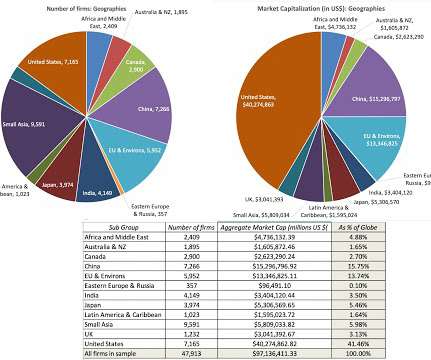Company Valuation Methods—Complete List and Guide
Valutico
SEPTEMBER 22, 2023
The income-based approach determines a company’s value by assessing its anticipated future income-generating potential, employing methodologies such as Discounted Cash Flow (DCF) Analysis, Capitalization of Earnings, the Income Multiplier Method, Dividend Discount Model (DDM), and Earnings-Based Valuation.












Let's personalize your content